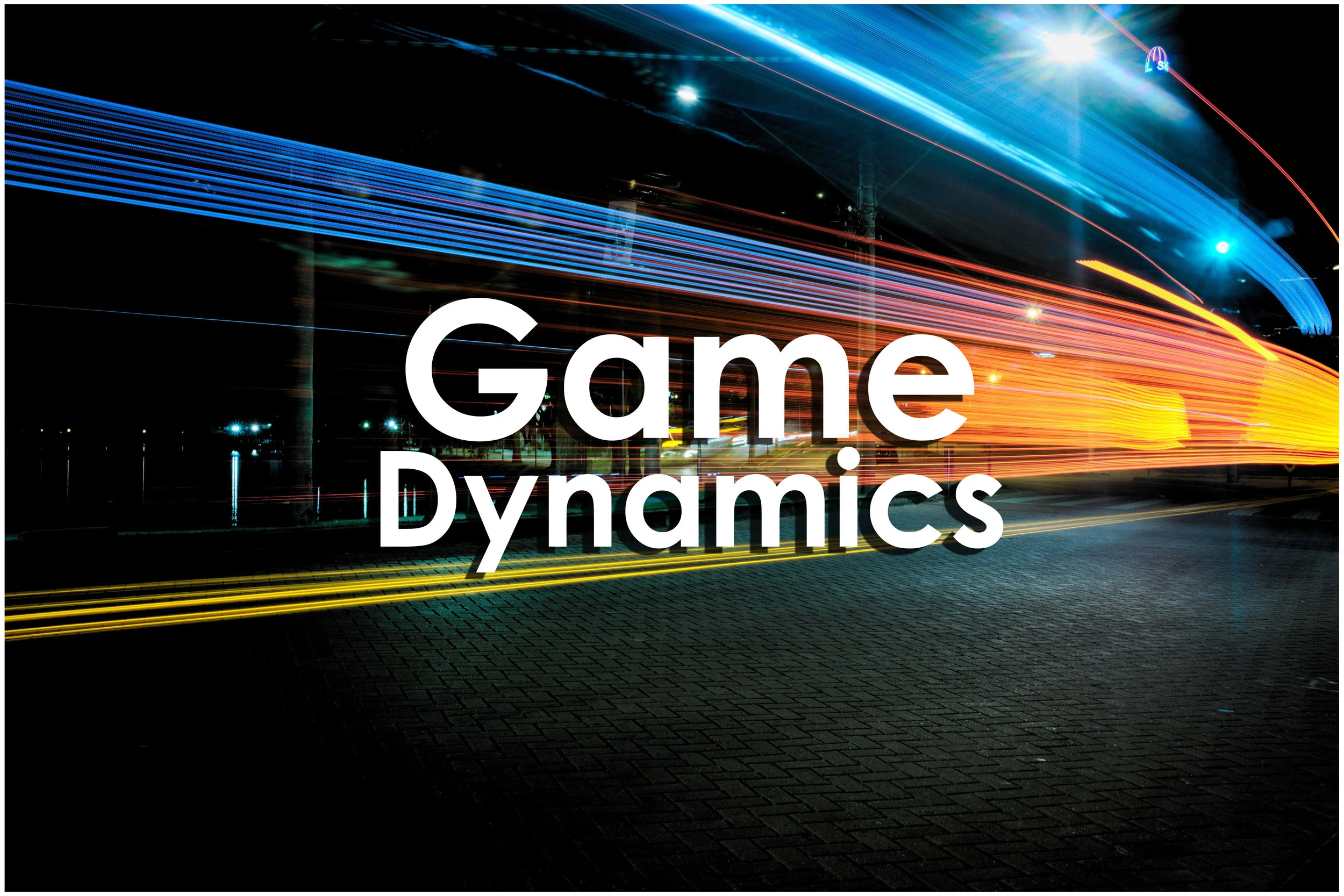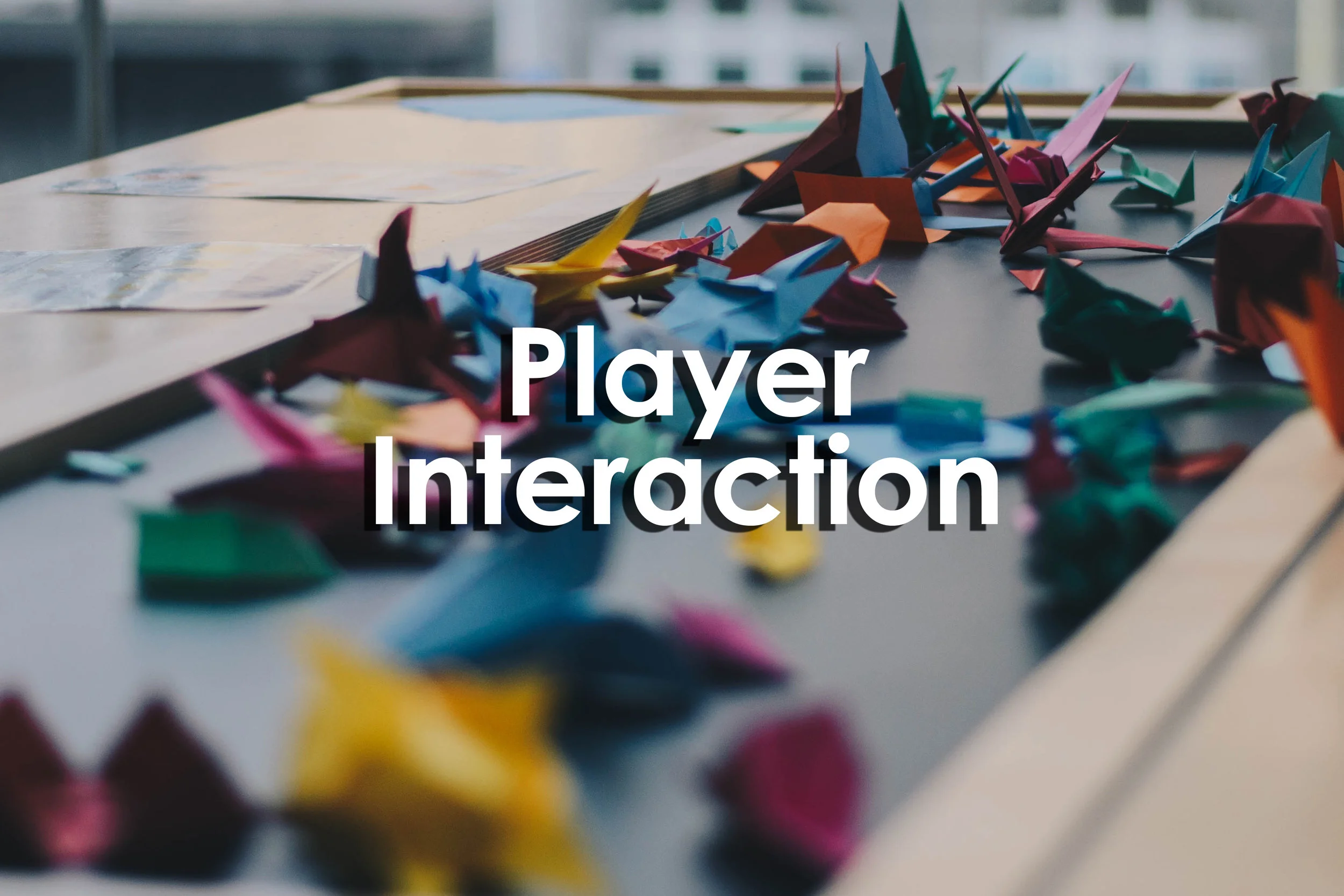This article will review how to make more visually accessible games. This should be done to make games as accessible for more people: players, learners, and student included. By making games more visually accessible we adhere to better design choices that result in the creation of better games. Visual accessibility options for players will be discussed as well as the use of interactive fiction for engaging vision impaired players. A list of curated resources for vision impaired players is also included.
Read MoreThis article will address the historical overview of representation in games as well as how it reflects on the direction of the game industry. The article will review reasons to become more representative as well as some negative aspects that under-representation or misrepresentation has had in games. The article will cover the growing diversity of gamers as well as some prime examples to follow. Representation is addressed as a concept of design accessibility and is followed with some action steps to take. Finally, representation as it relates to table top game play and future implications are included and discussed.
Read MoreThis article will review the role of play testing games. It will cover what a play test is as well as reasons why designers should play test their games. This article will also cover some player limitations of play testing as well as how to keep designer bias in check. Objectives of play testing and stages of play testing will also be covered and discussed. Advice is provided on collecting information during a play test as well as where to play test. The article ends with how you can use play testing to grow as a designer as well as how to serve as a good play tester yourself.
Read MoreIn this article we’ll review what “sandbagging” is in games as well as provide examples from the most prevalent games where this happens. This article will also review competition in games as well as how players use and exploit the competitive advantage. Lastly, this article will end with an overview on designing for balance in games in order to make the best use of those competitive elements.
Read MoreThis article will address how versatile points are in their applications. They can be used as a rewards system to help players continue to engage. Points can also change the player perception of the game through how they gain feedback. This article will also cover the different design philosophies when incorporating points into games as well as different methods for scoring. Lastly, the article will cover actionable takeaways for building scoring mechanics into your games, serious games, simulations or any other applications of games-based learning.
Read MoreDynamics and loops are some of the most important elements of your game design. When thinking about your game dynamics it’s important to consider the following two questions: 1) What actions can players take? 2) How do those actions help them achieve the game objectives? This article will dive deeper into what game dynamics are as well as how you can use them engage the player in the “core loop” of your game.
Read MoreGame themes are often one of the most memorable moments for players. They don’t remember so much the individual actions they took but rather the castle they helped raid; the city they built; or the ship they sailed. The same thing can be said for classes. Students may not remember every lecture, every question, or ever topic ever discussed. But they will remember their outcomes and how they were able to apply what they learned. When done correctly: theme becomes an invisible and inseparable framework for how we define the player experience. When combined with games-based learning; theme and content can help define and shape a memorable and applicable user experience.
Read MorePlayer interaction is an important characteristic to consider when designing games. The designer has to answer the questions “How is the player going to interact with the game? How will the player interact with other players? what kind of decisions can the player make?” All of these questions should be answered when designing for player interaction. What specific role does player interaction play in game design?
Read MoreThe player experience is something that we all shoot for in game design. That’s because the player experience is what the player goes through when they play the game. That experience can be as simple as gamified mechanics in gamification; a games-based learning class; a simulation; or a serious game. The player experience dictates how our creation, our game, is received by our users.
Read MoreHelping a player make informed and meaningful choices is part of what makes good games great. Those meaningful choices provide the player weight and substance to their player experience. But often in the pursuit of creating interactive and engaging experiences, we often fall into the trap of creating meaningless choices.
Read MoreGames are just one of many ways to teach and educate students. Specifically, games are very useful in three areas: they provide a shared experience where students work cooperatively to solve a common problem; they provide a structure to explore creativity; and they also provide a framework for understanding how complex systems work. In this post we’ll explore all three ways educators can make use of games-based learning for their students.
Read More










